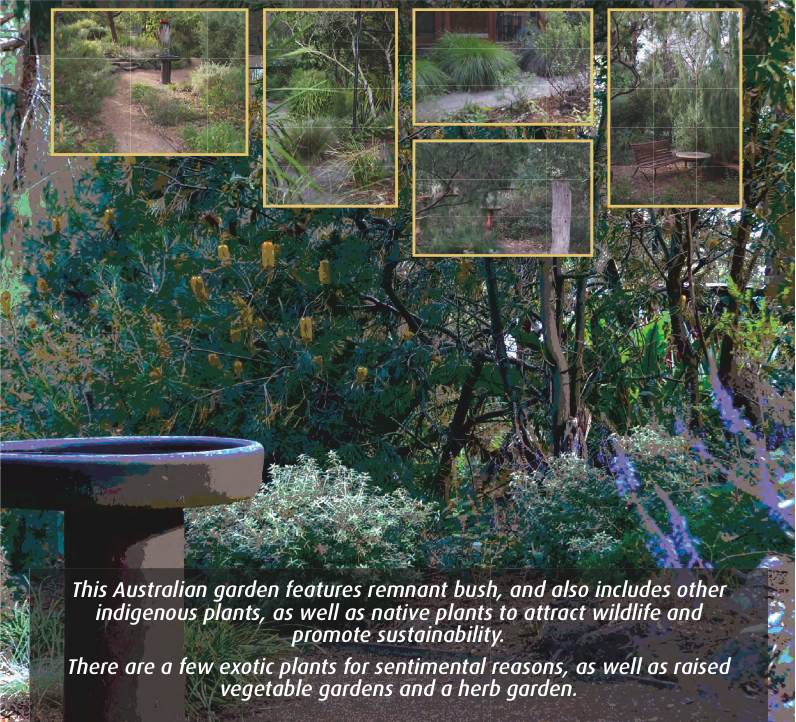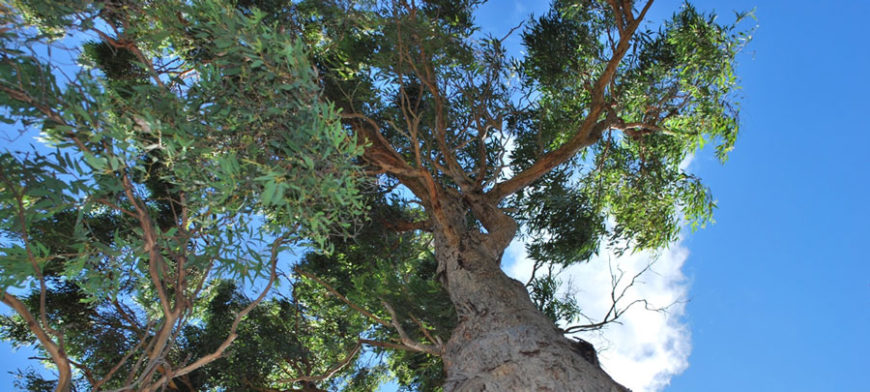
Dear readers,
We’re sure you’ll enjoy these pictures and tips from Diana, who tends a wildlife garden in the heart of our capital city, Melbourne. Her advice will be valuable for many wildlife gardens in Victoria. Your council/shire should have more specific information about the ecologies of locally native plants and wildlife where you live. They may also be involved or know of wildlife gardening programmes in your area so be sure to check their website or contact them.
A Wildlife Garden in Melbourne
By Diana Wolfe
It’s wonderful to see so many people embracing nature and joining the growing movement towards wildlife-friendly gardens in our cities. If you’re new to this joyous pastime, and keen to get started, a useful resource is A Wildlife Garden—An introduction to attracting wildlife to urban Melbourne gardens. This 6-page booklet (available as a PDF digital document here) outlines five key elements to creating a wildlife-friendly urban garden: shelter, food, water, protection, and patience/privacy.

It provides a starting point for creating a backyard, balcony, or small area of habitat to help you enjoy the daily comings and goings of a host of local critters including butterflies, native bees, and dragonflies; birds (e.g. honey-eaters, wattle birds, magpies, parrots, rosellas, finches); frogs and reptiles such as lizards and geckos; and even marsupials and mammals (e.g. possums, microbats).
Creating your own wildlife garden may take some time, but you’ll be rewarded with fascinating and beautiful visitors that will bring you and your family great joy as they feed, bathe, drink, nest, and make themselves at home in your backyard.










